

Derek Fung
Nissan Z Nismo manual revealed, facelift timing confirmed
3 Days Ago
The Audi TT RS offers supercar-slaying performance for less than $150,000. However, we're not sure if it's worth $40,000 more than an RS3.
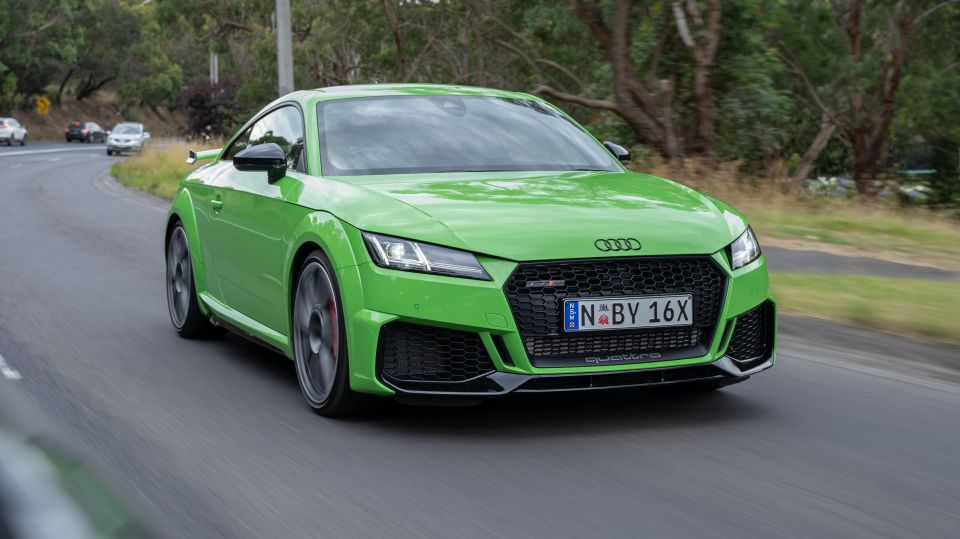
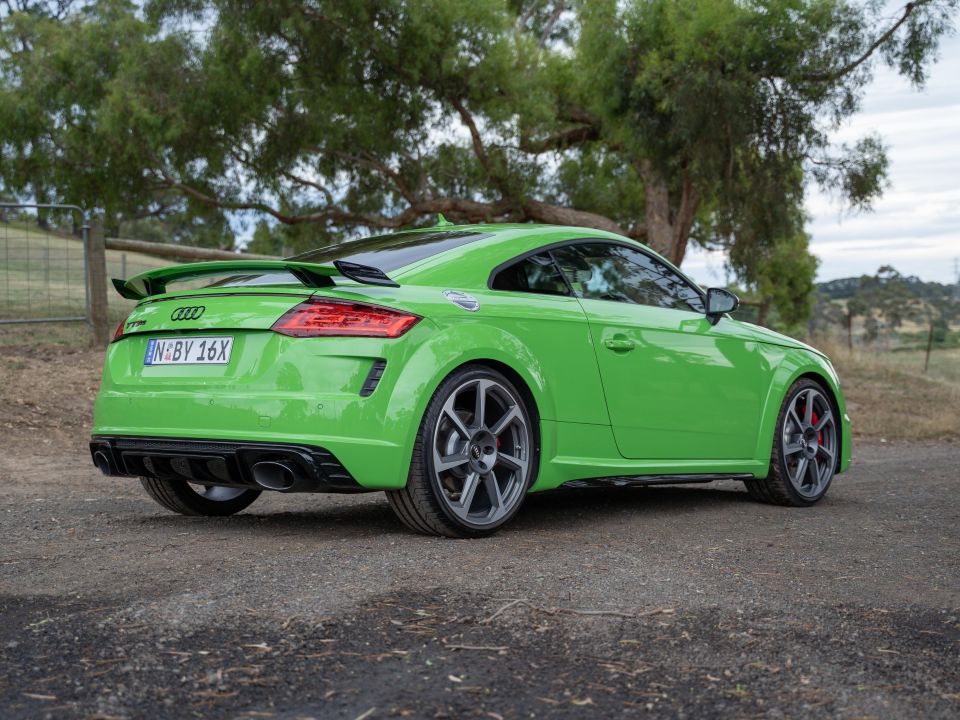

Marketplace Editor
New from
$80,272
excl. on-roads

Marketplace Editor
New from
$80,272
excl. on-roads


Marketplace Editor
New from
$80,272
excl. on-roads

Marketplace Editor
New from
$80,272
excl. on-roads
Quickly see how this car stacks up against its competition. Select any benchmark to see more details.
Where expert car reviews meet expert car buying – CarExpert gives you trusted advice, personalised service and real savings on your next new car.
The Audi TT is an icon, but with times changing in the automotive industry and company executives look to maximise volume and profits, its days are numbered.
Currently in its third generation, the TT has long been lauded for its design flair and attainable price tag.
However, it’s likely to be discontinued after this iteration in favour of an all-electric successor.

On test we have the flagship of this endangered species, the 2021 Audi TT RS – a turbocharged all-paw performance hero offering supercar-rivalling performance for Porsche Cayman money.
With a five-cylinder heartbeat and baby R8 athleticism, the TT RS is quite unique in the sub-$150,000 performance car world. It’s a sexy 2+2 with sub-4.0-second 100km/h sprint and a distinctive engine note.
Is it worth some $40,000 more than the \related RS3 and RSQ3 \? In some ways yes, in others definitely not.
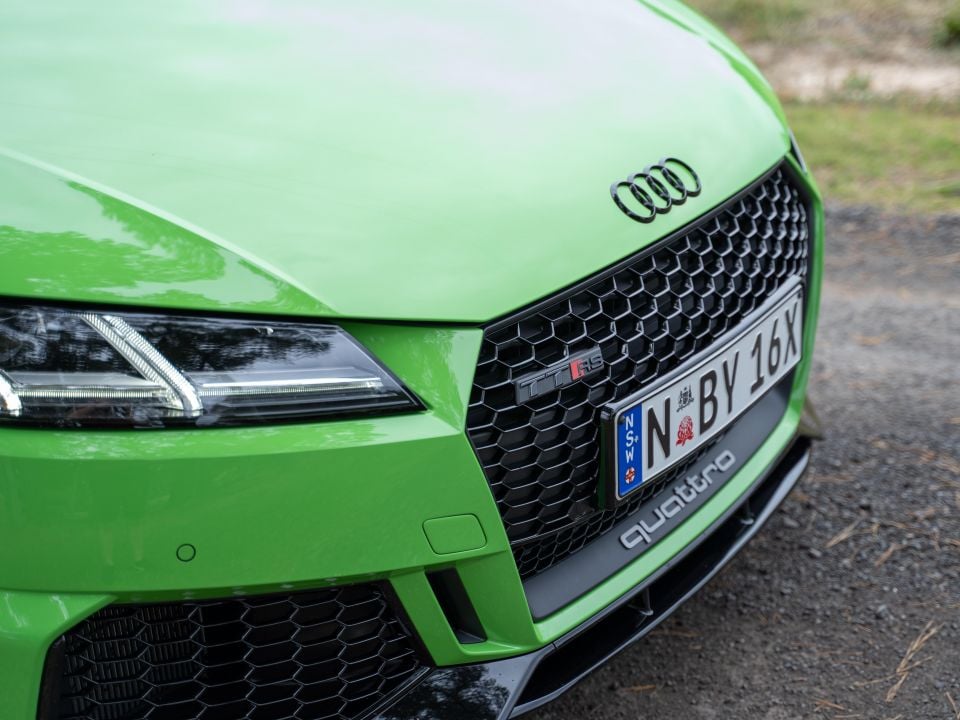
The coupe-only Audi TT RS starts at $134,900 plus on-road costs, which works out to about $152,000 drive-away in Victoria.
Rivals include the Porsche 718 Cayman S (from $135,500) and the Alpine A110 Légende (from $103,388), but that’s really about it.
The Alfa Romeo 4C is no longer in production, and most premium brands are moving away from the entry-level sports segment – not that you’d necessarily call the TT RS entry level.
Keep in mind the TT RS has performance comparable to more expensive sports cars and supercars – for example, it’s priced in line with a 718 Cayman S, but it’s faster from 0-100km/h (claimed) than the 718 Cayman GTS 4.0 (from $177,990).
MORE: Audi TT price and specs
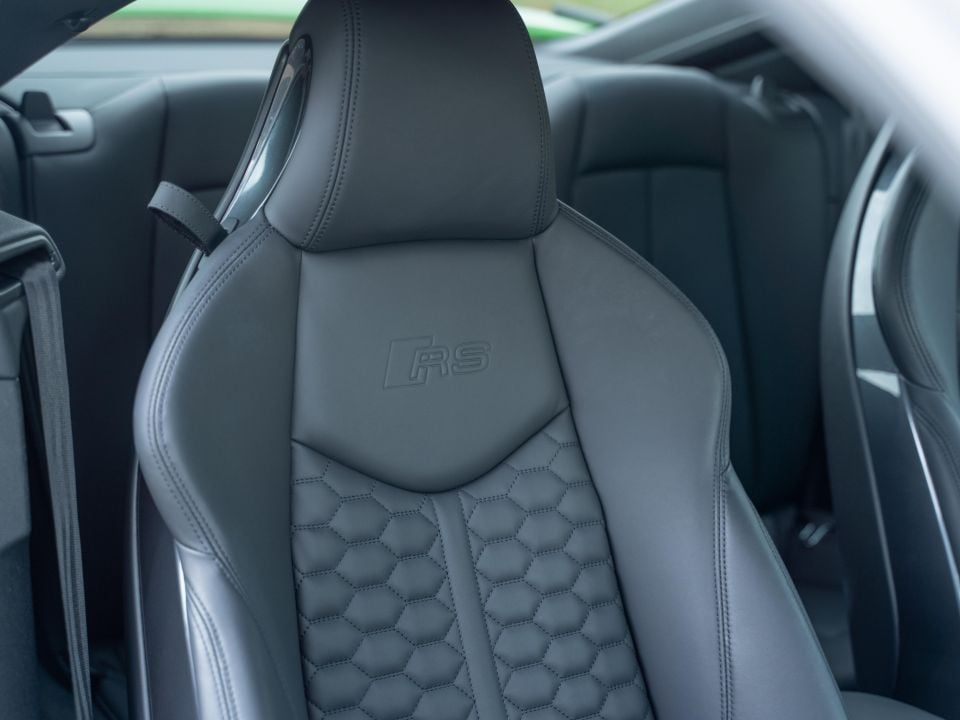
Buy your new car without the stress. It's fast, simple and completely free.

Great service from Travis and team, second time I have used this business would not hesitate to recommend them to anyone
Craig C.
Purchased a Ford Ranger in Sunshine Coast, QLD
CarExpert helped Craig save thousands on his Ford Ranger, now let us save you on your next new car.
Find a dealStandard features on the TT RS include:
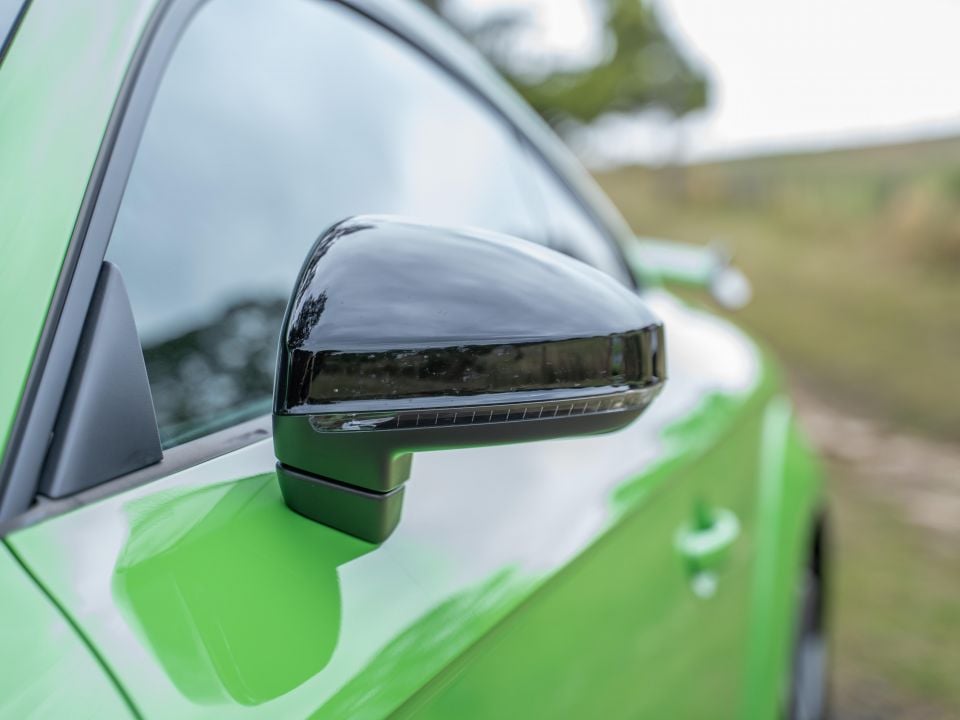

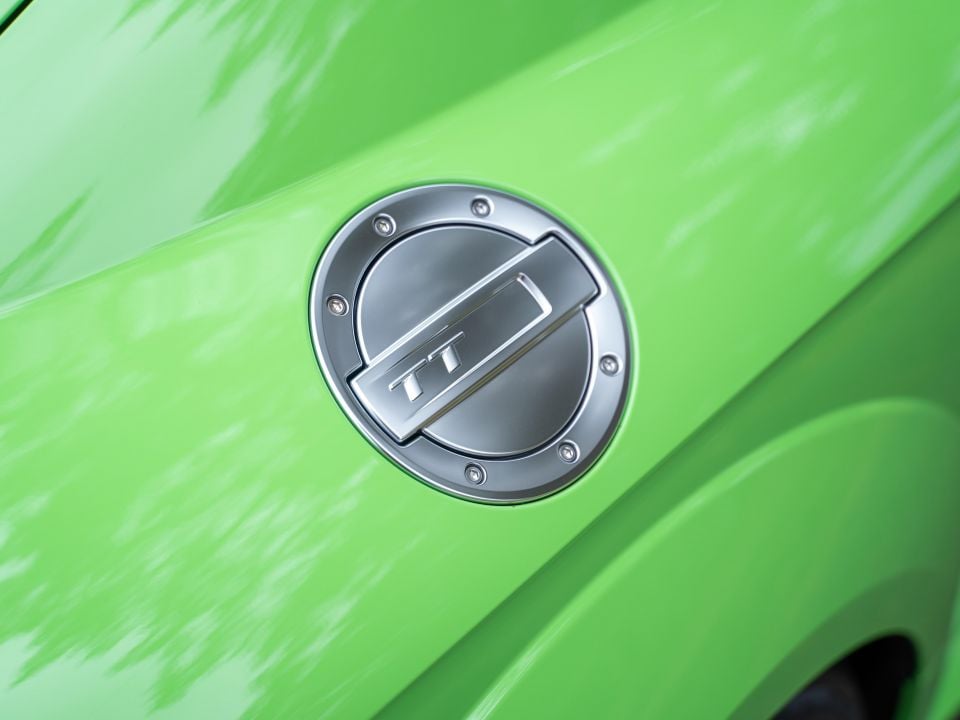
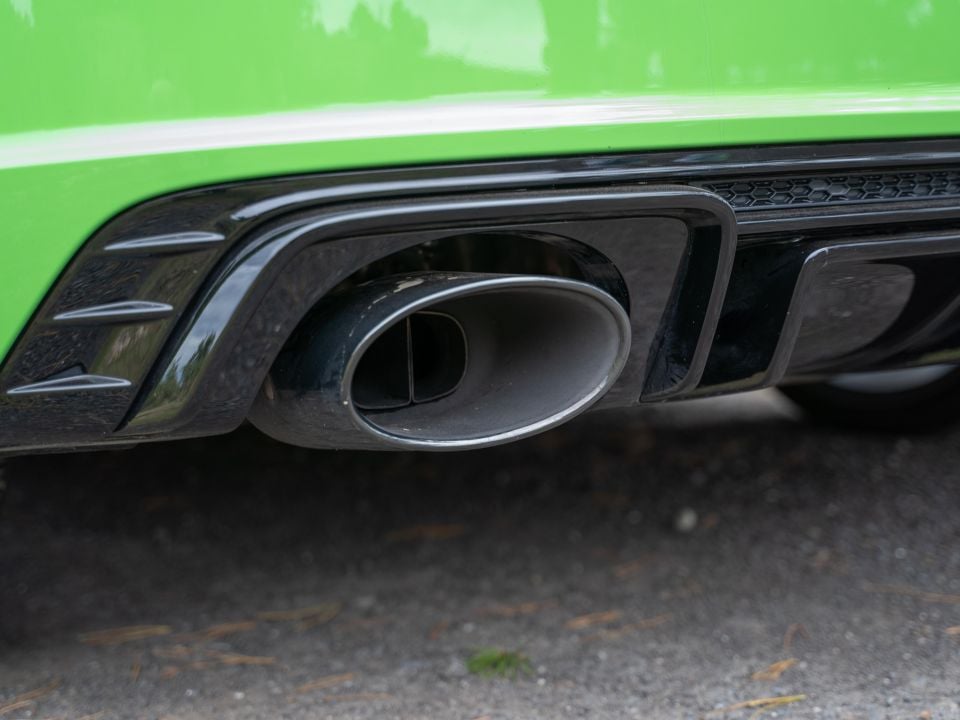
On paper the TT RS is well-equipped, especially when you consider what lives under the bonnet and its claimed performance figures.
However, as we’ll explain in the next section, the TT range lacks some assistance technologies you’d expect from a premium vehicle in this day and age, which is even stranger when you consider it shares its platform with various Volkswagen Group models.
There’s no AEB or adaptive cruise control, the former a key feature required for a five-star ANCAP safety rating when the TT was crash-tested in 2015.
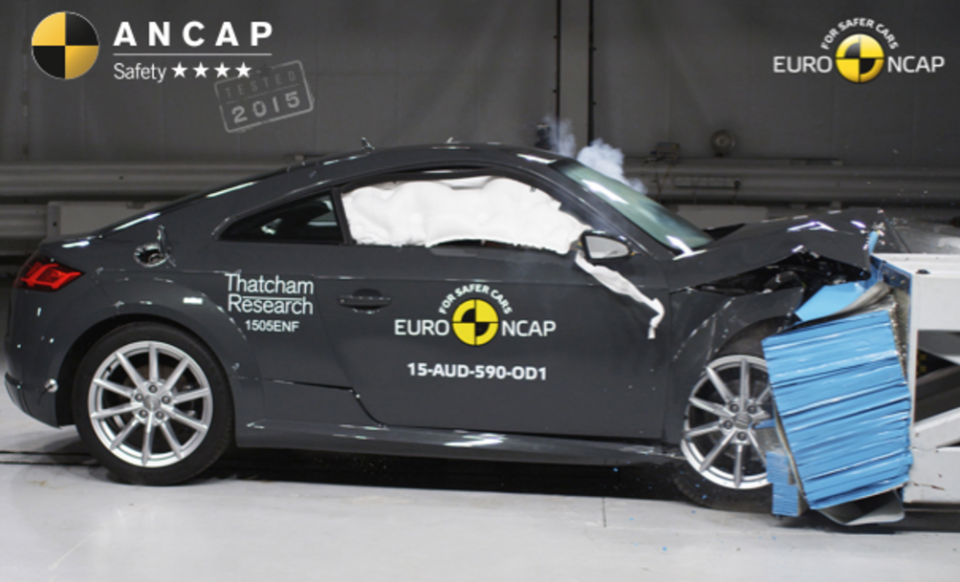
The Audi TT is one of the few luxury sports cars to have a crash rating, though it only achieved a four-star result in 2015 when tested by Euro NCAP. The rating was subsequently carried over to ANCAP.
It scored 81 per cent for adult occupant protection, 68 per cent for child occupant protection, 82 per cent for pedestrian protection, and 64 per cent for safety assist.
According to the crash-testing bodies, the TT was hampered by its lack of active safety tech and “inadequate” child occupant protection. Unusually, the TT doesn’t offer autonomous emergency braking despite sharing its MQB platform with the Audi A3 and VW Golf.
All TT models do, however, come standard with lane-keep assist, blind-spot monitoring, driver attention alert, and anti-lock brakes as well as front, front-side, and curtain airbags.
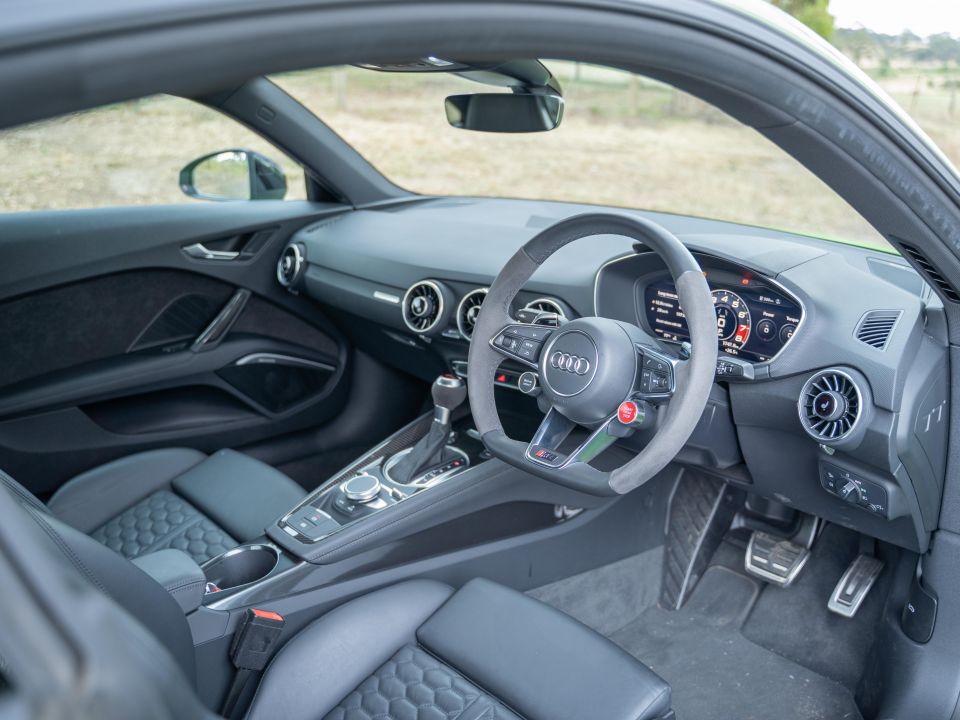
The third-generation TT was a revelation in terms of its interior design when it was first revealed at the 2014 Geneva motor show, doing away with the then-increasingly-common (and now staple) central infotainment screen and focusing all its functions on the Virtual Cockpit cluster.
Like other Audi models, the TT RS features a 12.3-inch digitised instrument binnacle, but this is the only implementation that houses the entire (previous-generation) MMI interface within the cluster – even Apple CarPlay shows up here.
Even now some seven years on, the TT’s cabin looks swish. It may not feel as new-age as it did at launch, but it’s aged well and demonstrates Audi’s typical attention to detail when it comes to fit and finish.
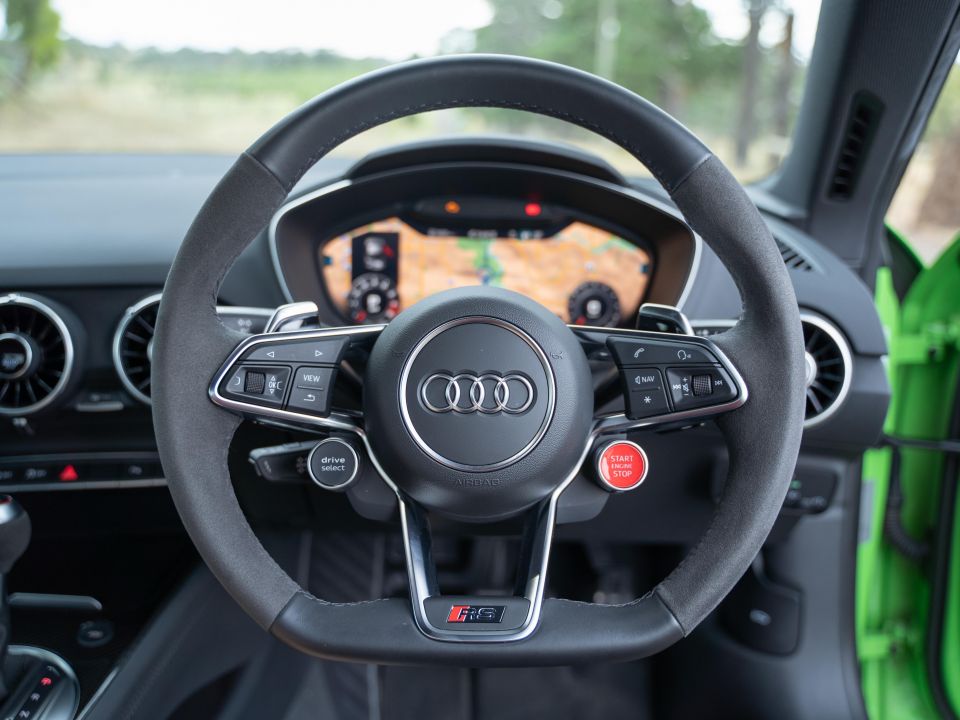
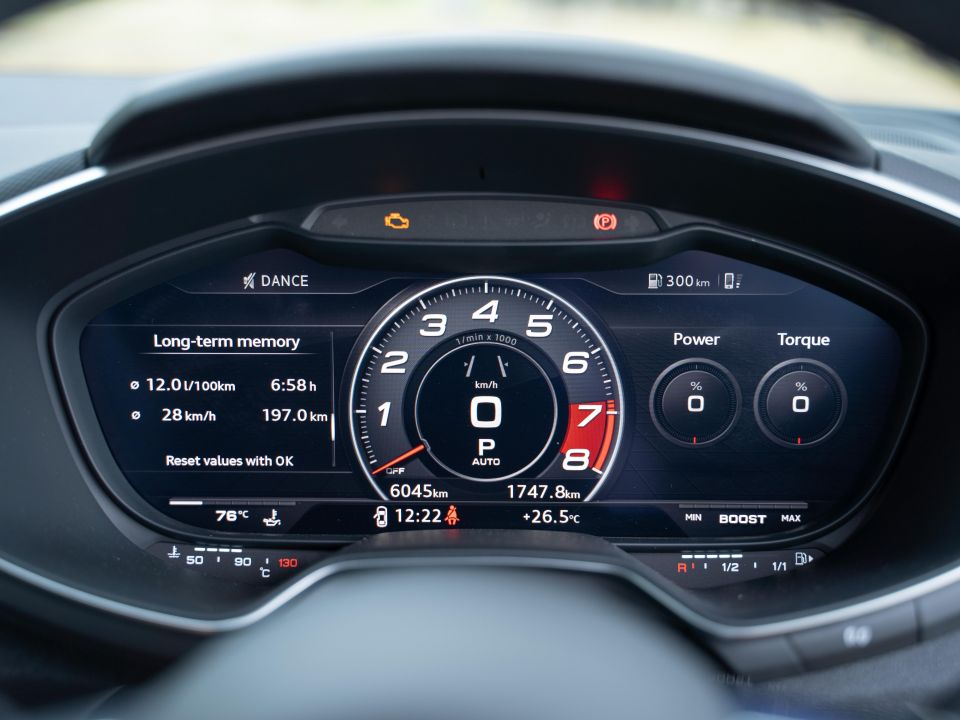
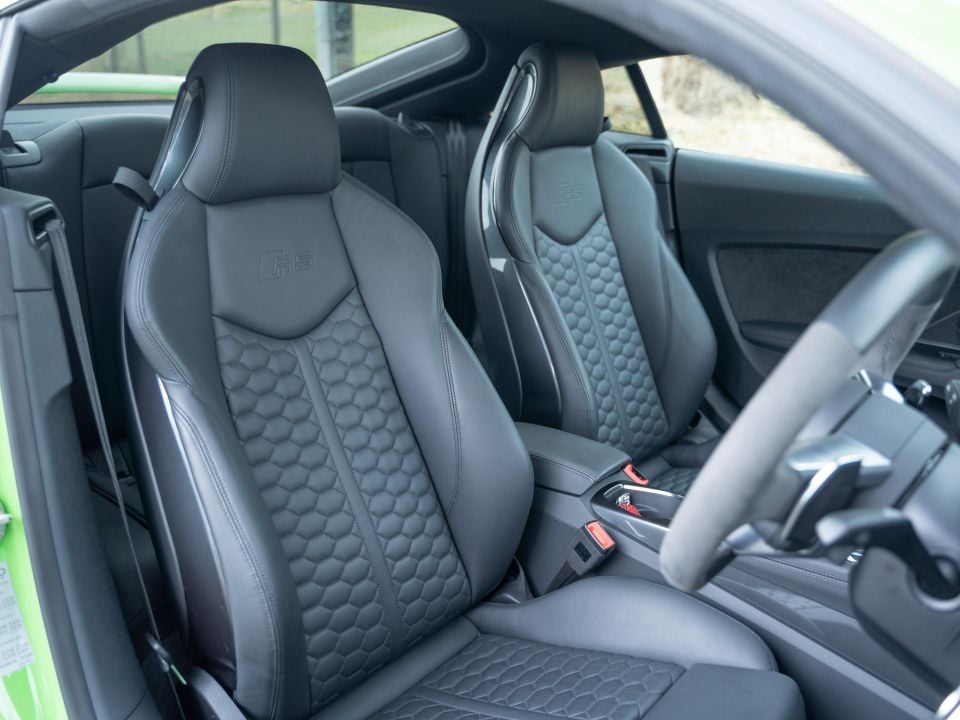
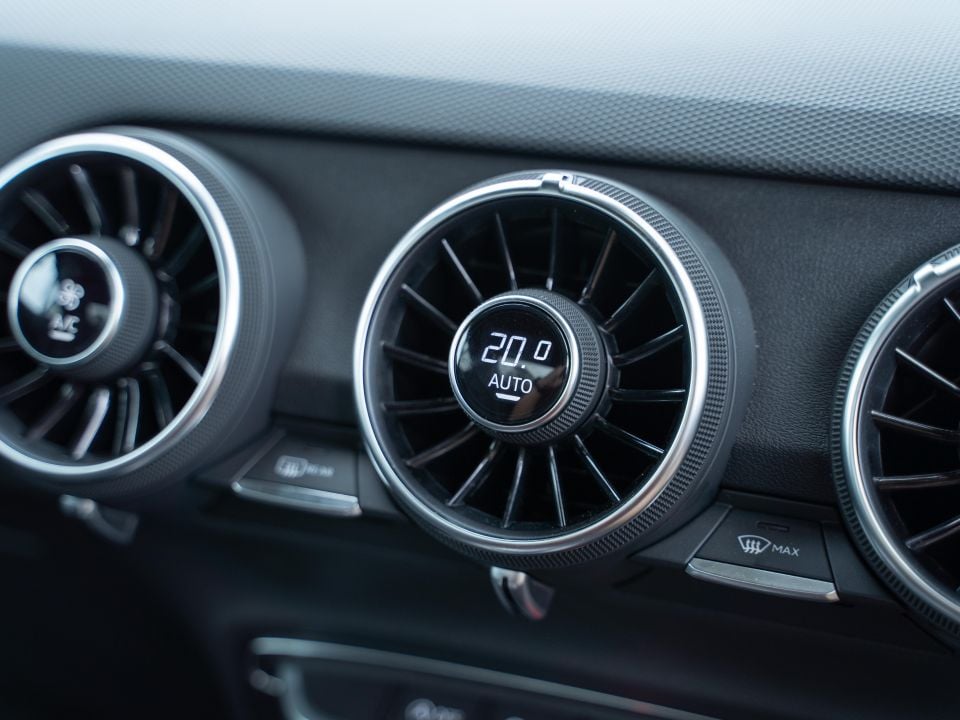
Soft-touch plastics and leather surfaces are in abundance here, and the carbon-fibre trim inlays reiterate the TT RS’s sporting intentions. It’s all about the driver here, hence the aforementioned MMI Virtual Cockpit and angled centre stack.
Everything feels high quality and well screwed together. The nappa leather upholstery with quilting looks and feels expensive, and the sports steering wheel with Alcantara grip sections also houses the start button to make you feel like you’re driving a baby R8.
We also love the climate control displays mounted within the air vent rotary dials. They’re just cool and futuristic, while also working as they should.
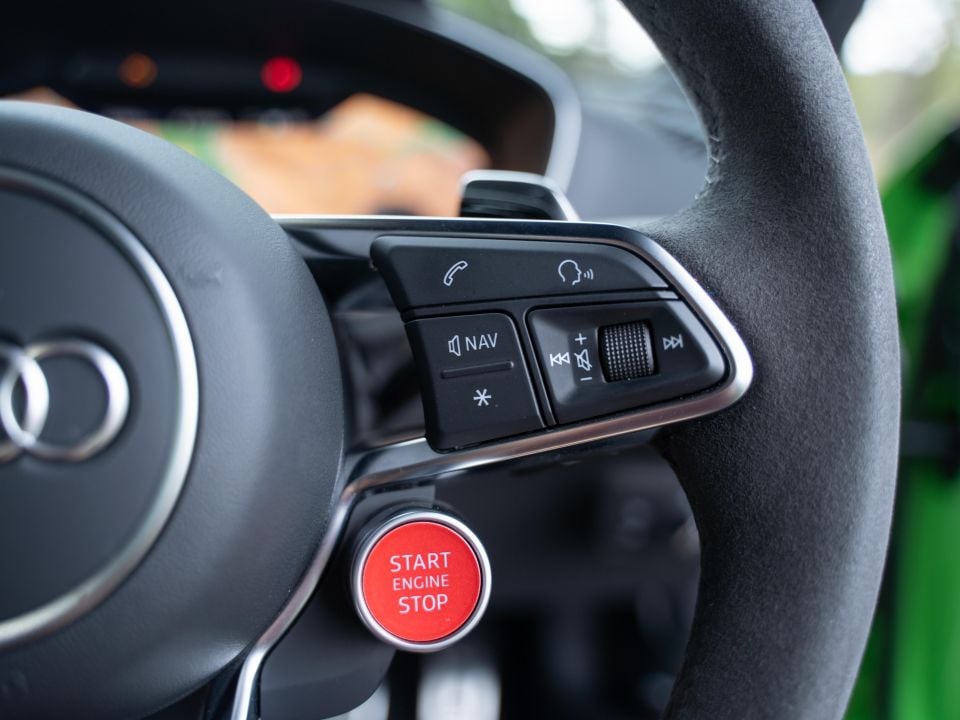
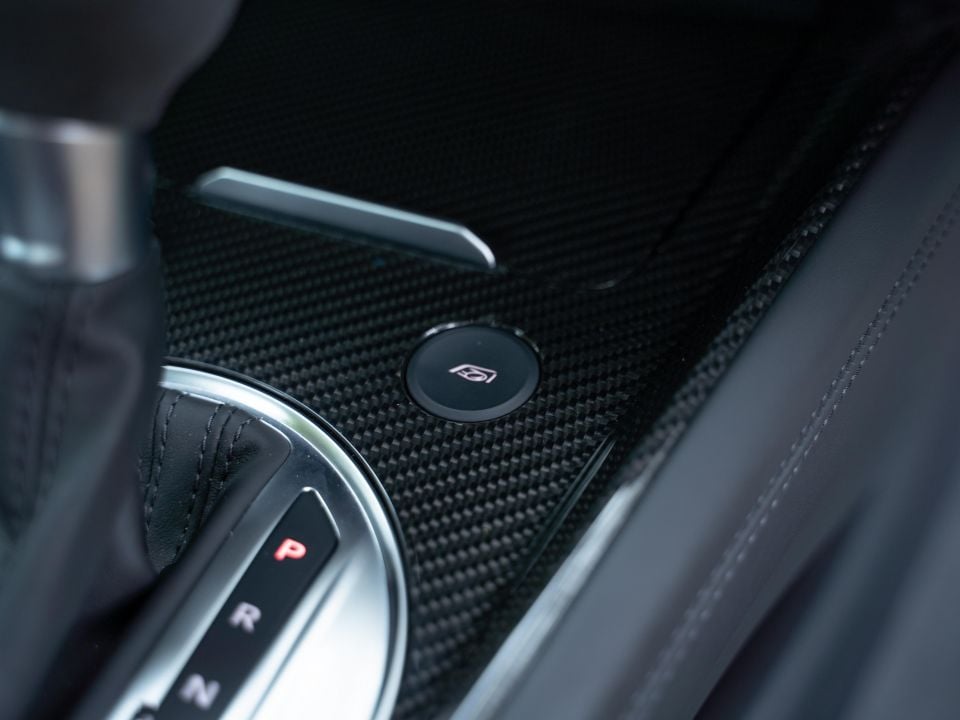
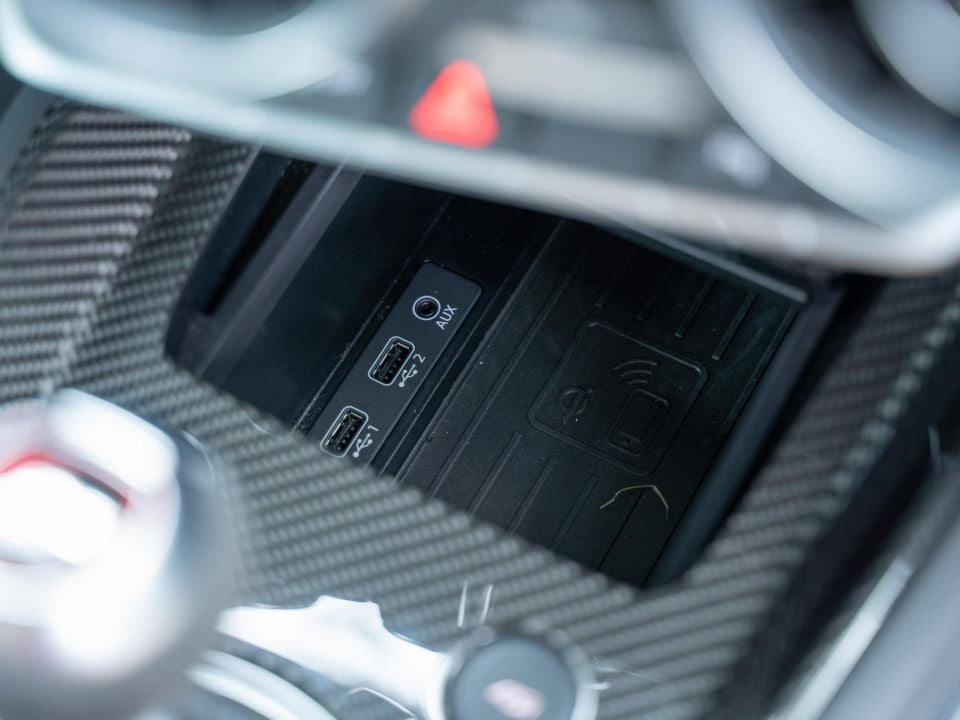
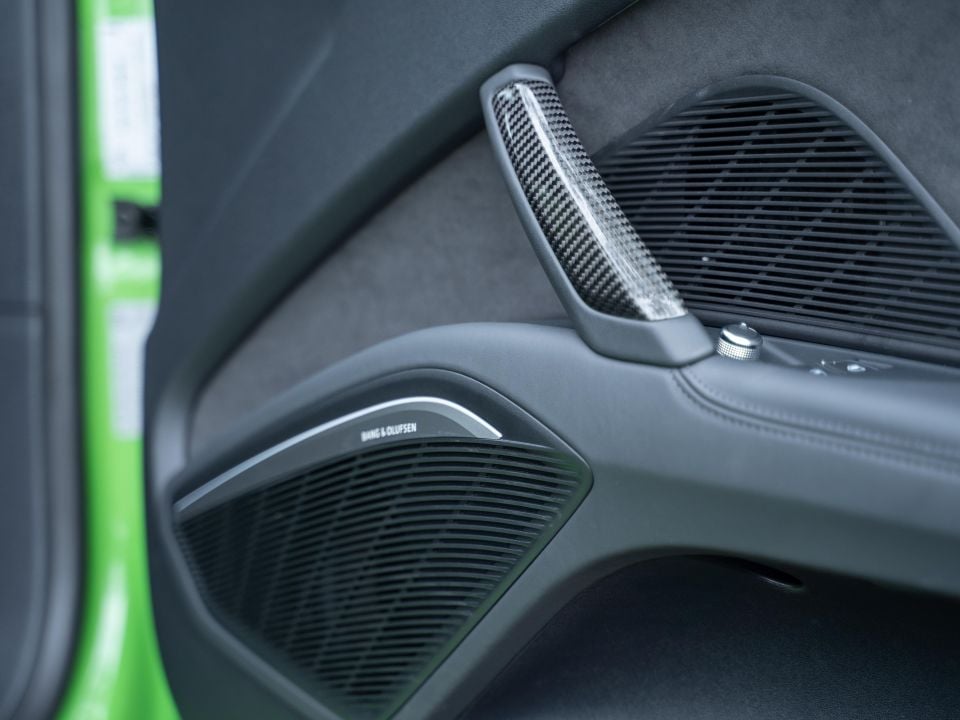
While the ambience is top-notch, there’s not a lot of space to put your stuff – or any more than one other person.
The door pockets are non-existent, the phone holder and wireless charger can’t fit larger phones like my iPhone 12 Pro Max, and there’s one main cupholder where your elbow would normally sit.
Under the centre armrest is an additional cupholder, but then it requires having the armrest open. Weird.
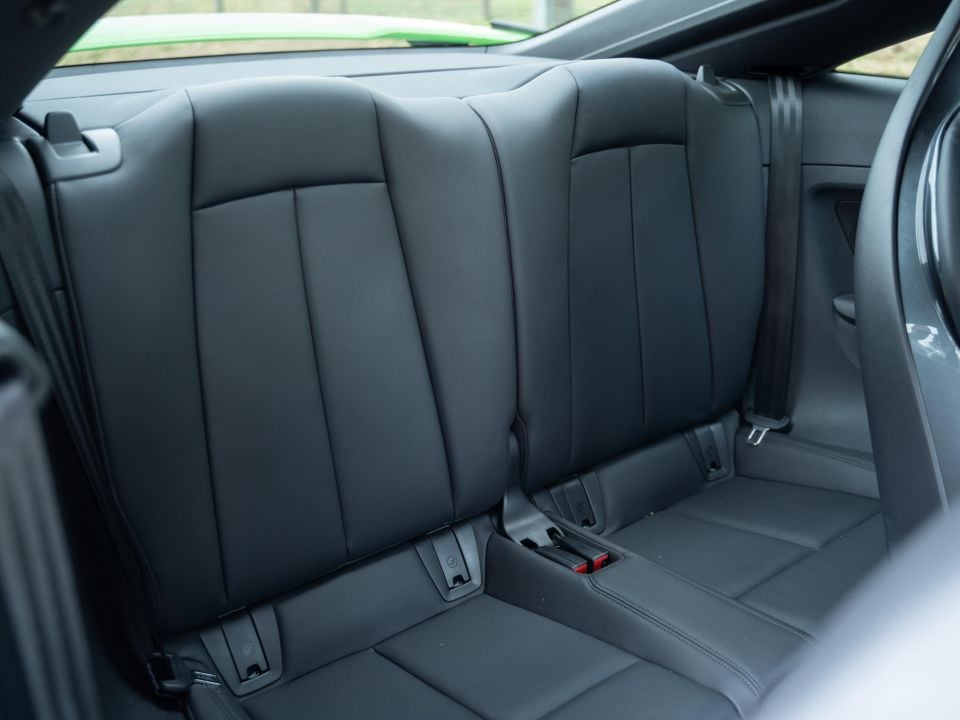
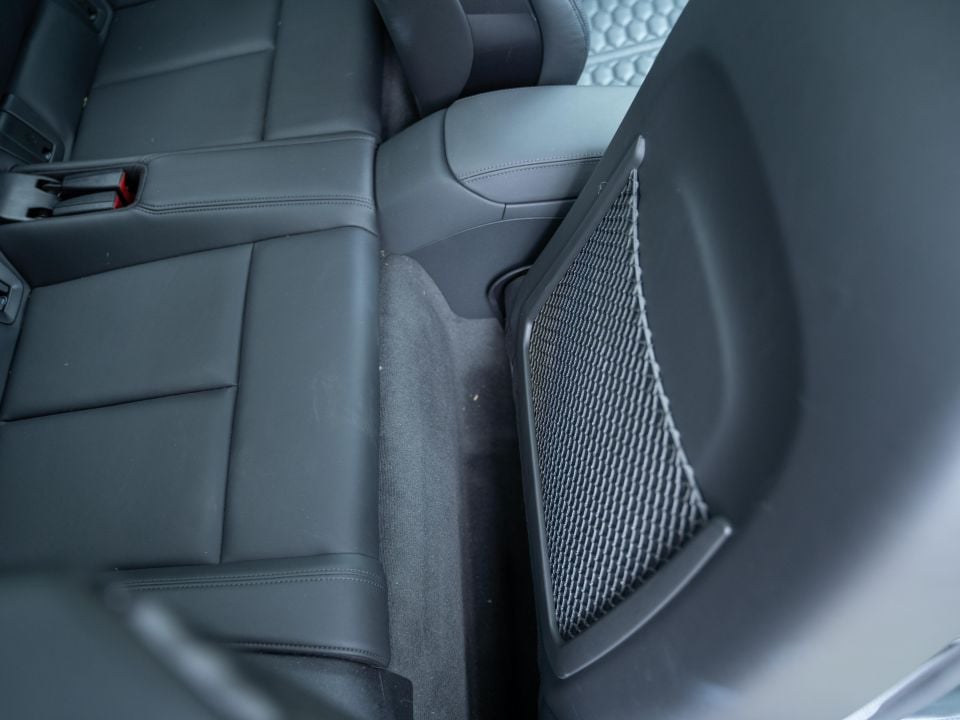

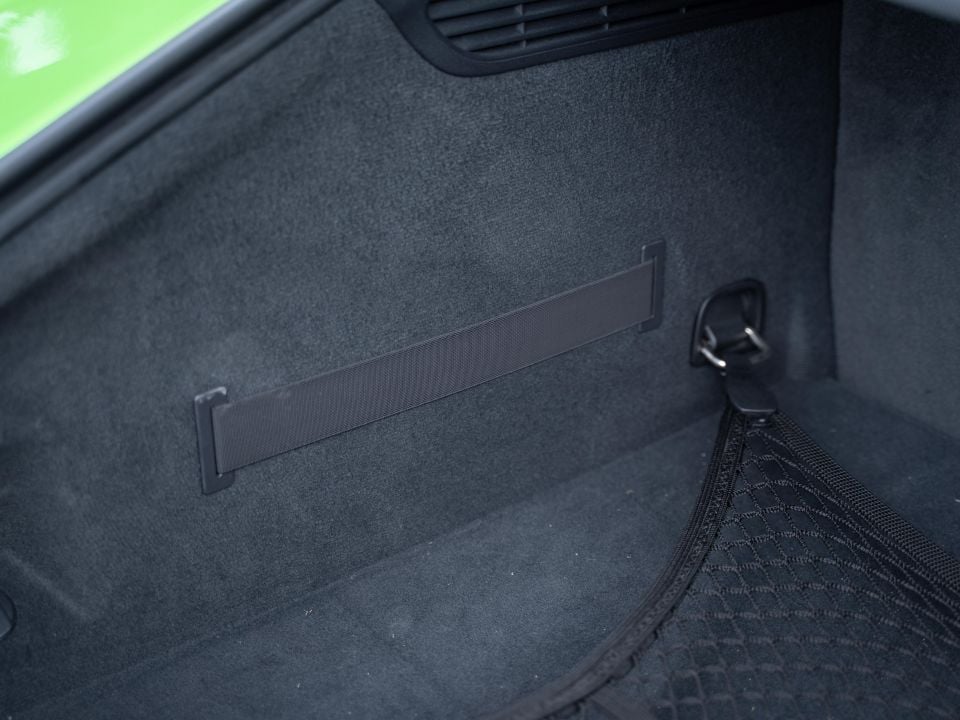
While overall comfort is pretty good up front, even for taller drivers, the rear bench is barely good enough for kids. If your passenger’s legs hang over the seat base, the second row is redundant.
There are ISOFIX points for car seats, but there’s next to no legroom and anyone of even below average height will be perilously close to wedging their head against the rear glass.
Under the rear hatchback is a boot that measures 305L with the second row of seats in place, expanding to 712L with them folded. Not bad.
There’s no space-saver spare here, though, instead just a tyre repair kit.
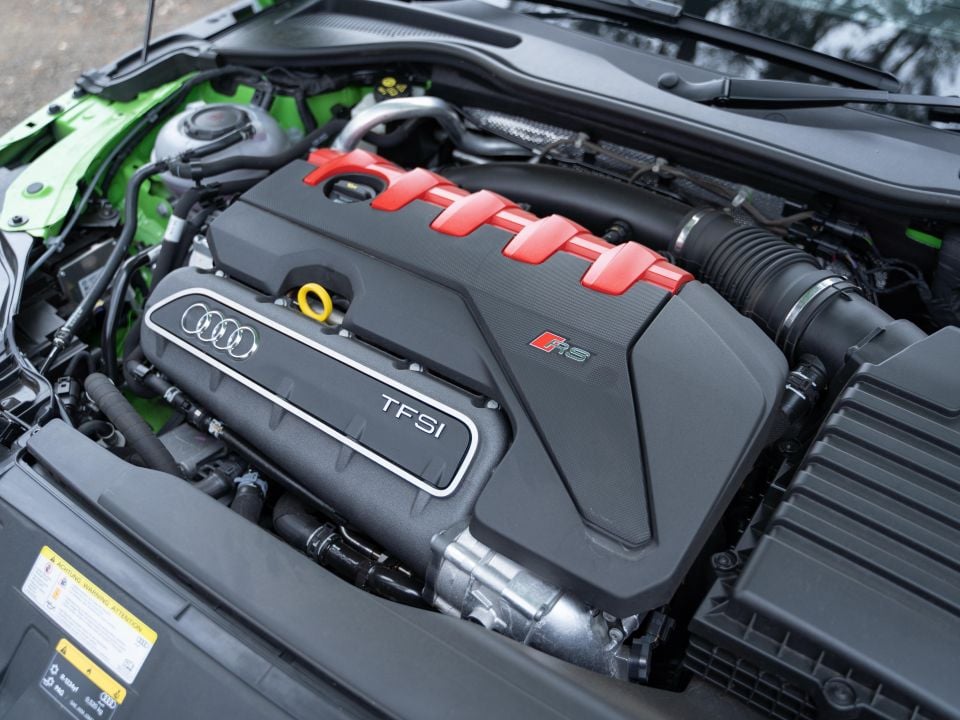
Audi’s legendary 2.5-litre five-cylinder turbo lives under the bonnet, developing 294kW (at 7000rpm) and 480Nm (between 1950 and 5850rpm).
It’s the same unit used in the RS3 Sportback and Sedan, as well as the RSQ3 SUV and Sportback.
Performance for this powertrain is at its best in the lighter, more aerodynamic TT RS, with 0-100km/h claimed to take a blistering 3.7 seconds. Top speed, meanwhile, is electronically limited to 250km/h.
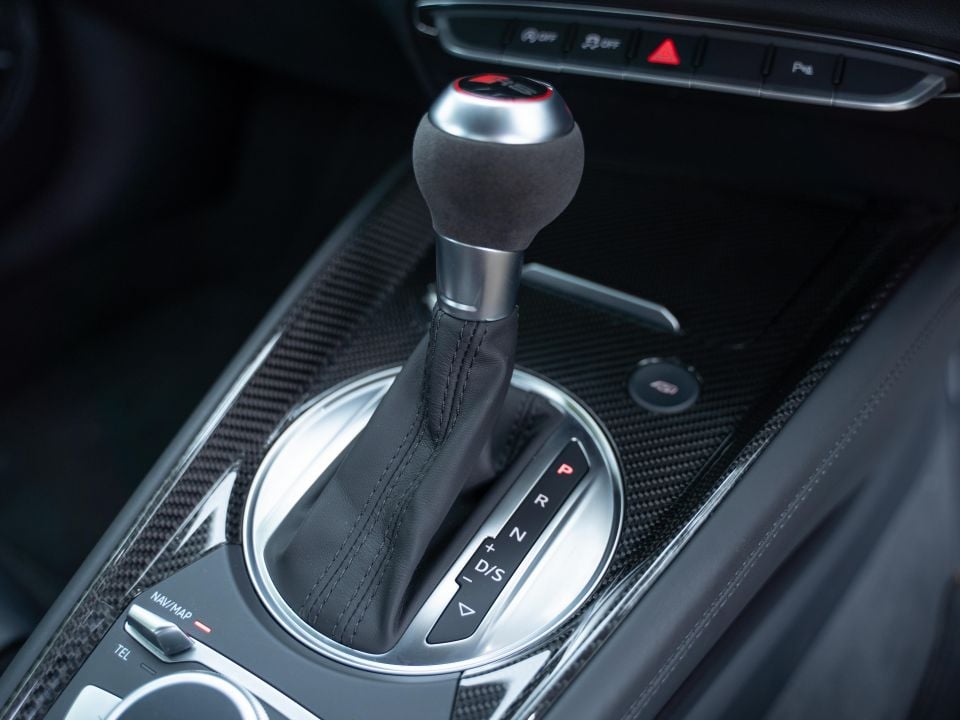
Drive is sent to a quattro all-wheel drive system via a seven-speed S tronic dual-clutch automatic transmission.
As for fuel consumption, Audi claims the five-pot TT RS will use 8.0L/100km on the combined cycle, with 98 RON premium unleaded required as a minimum.
We averaged an indicated 11.6L/100km during our week with the TT RS, which included a mix of city and freeway driving, favouring the former.
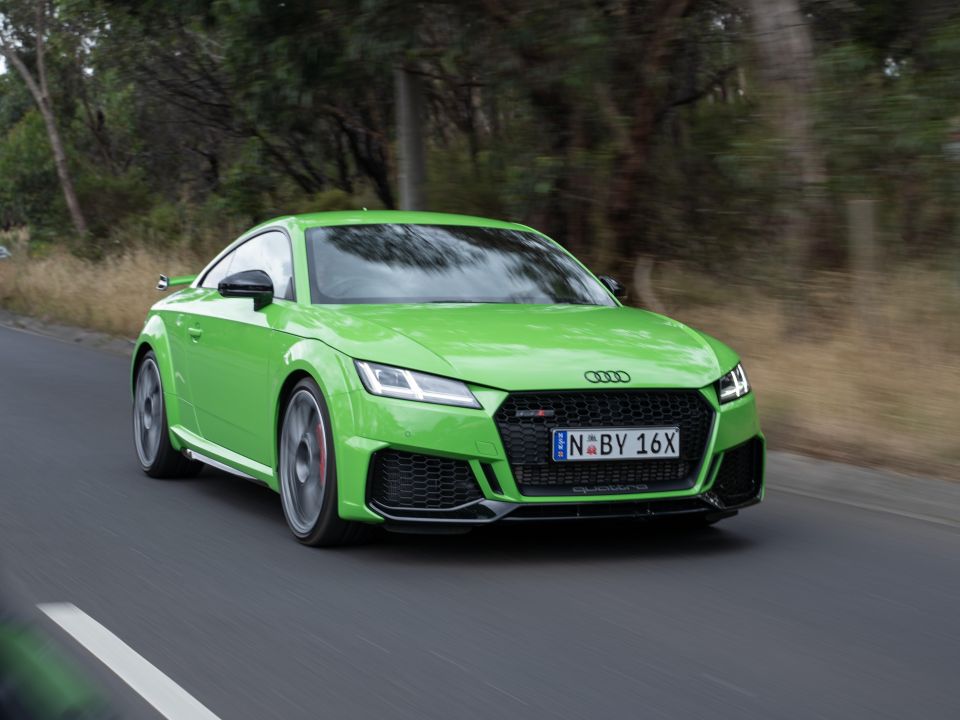
Cars like this are less about the tech and features and more about the feel behind the wheel.
Fire up the 2.5-litre engine and the signature five-cylinder note is immediately present, though the latest European emissions regulations have seen the fitment of a petrol particulate filter which somewhat muffles the intoxicating sound the TT RS makes.
Luckily you can switch the oval-shaped rear pipes to their loudest setting with a quick press of the exhaust button ahead of the shifter.
Don’t get it twisted – this thing is fast. A 0-100km/h claim of 3.7 seconds is nothing to sneeze at, it’s about as fast to triple figures as a Porsche Carrera GT.
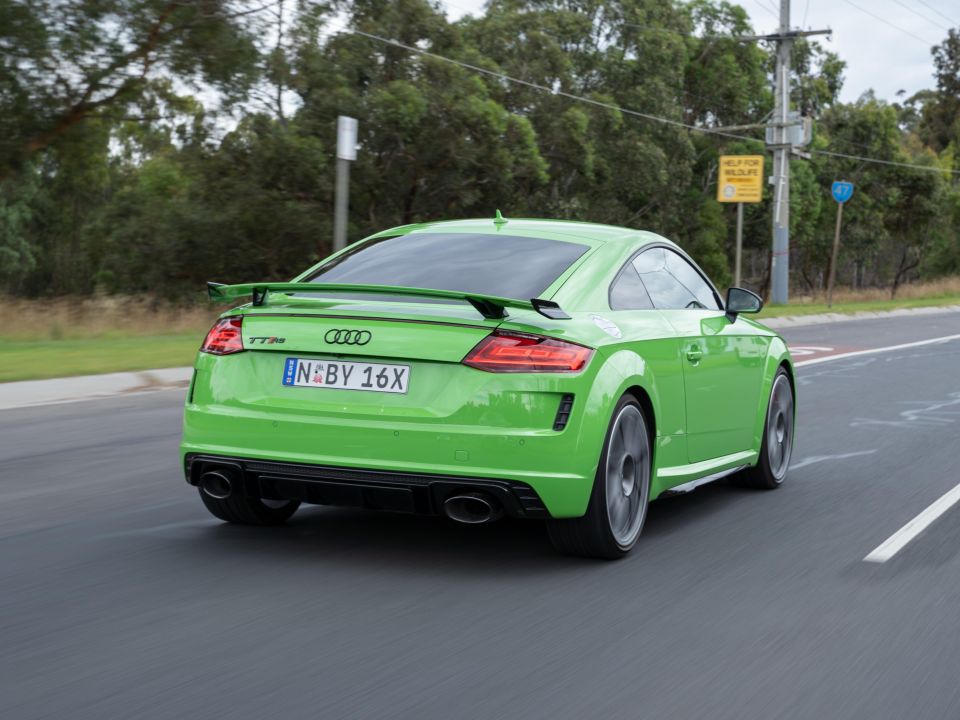
Where expert car reviews meet expert car buying – CarExpert gives you trusted advice, personalised service and real savings on your next new car.
With a snappy, quick-shifting S tronic dual-clutch gearbox and all-weather grip from the quattro all-wheel drive system, the TT RS is fast be it dry or wet.
Before you know it you’ll be doing the legal limit – make sure you’re paying attention to the speedo or you can get into trouble. The TT RS builds speed so effortlessly you’ll be wishing we had Autobahns in Australia just to see what it’s really capable of when you stretch its legs.
If you’re feeling racy you can flick the gearshift into manual mode and change gears using the steering-mounted paddles.
The transmission responds quickly and gearshifts are almost imperceptible, so progress is nothing short of fast. Plus, you can hold gears to really wind out the five-cylinder engine and make it sing for its supper – though it doesn’t really come on song until about 3000rpm.
The smaller, lighter and lower body of the TT means it’s the sharpest MQB-based model I’ve driven. Its compact dimensions, low centre of gravity, and keen front end mean tackling the twisties is a heap of fun, and the amount of grip and grunt on offer exiting corners makes you feel like you’re driving a supercar.
Dial it down a bit and then the TT RS behaves like an A3 or a Golf, with a pliant ride and quiet enough cabin that you could drive it to work every day and be perfectly comfortable.
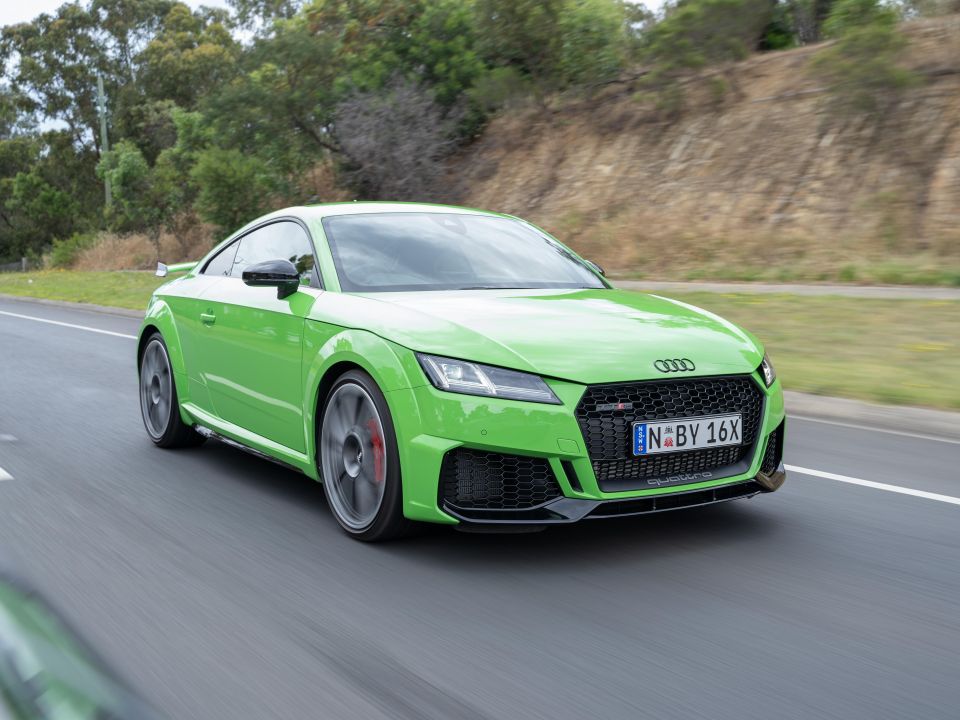
The teeny-tiny dimensions are bearable with time, and it’s far easier to park than some long-bonneted coupes.
Even with giant 20-inch wheels and liquorice-thin 255/30 Pirelli performance tyres, the TT RS is truly an everyday super-sports car.
Where it isn’t as good as say, an RS3, is in terms of visibility. The coupe profile creates blind spots through the rear quarter and the lack of a 360-degree camera means at times it can be hard to place due to the pumped rear guards. The rear wing can hinder rearward visibility, too.
What’s even better in town is the looks you’ll get if you opt for a silly colour like our tester’s Kyalami Green.
Doing ‘Chap Laps’ will break necks, and the five-cylinder exhaust note attracts car-spotting teenagers and their cameras everywhere you go.
If you like being the centre of attention, this is one way to put yourself there all the time.
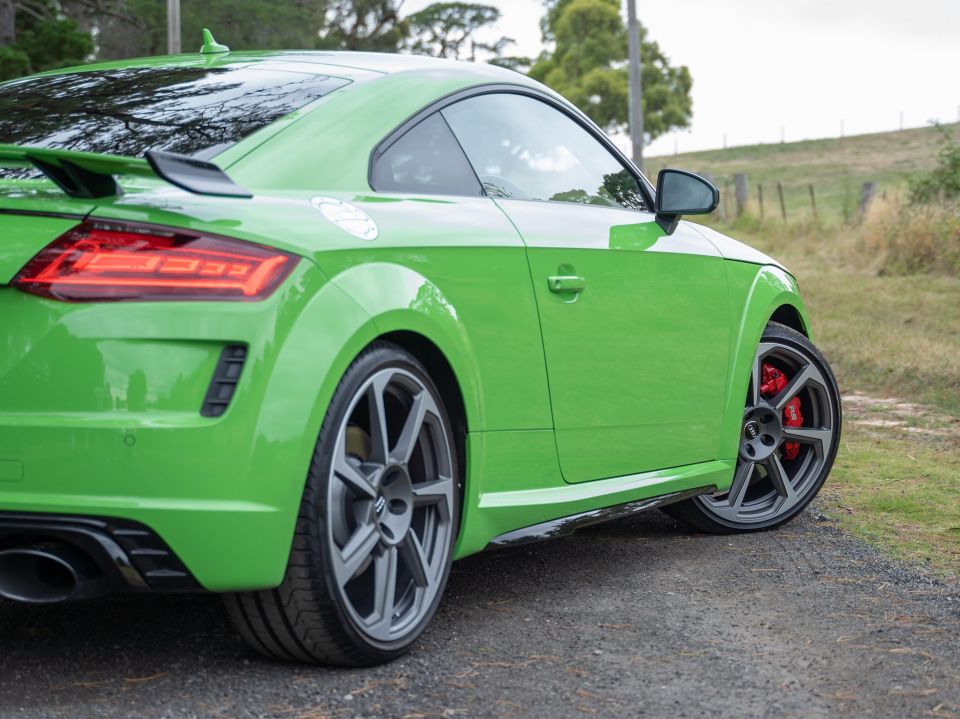
Audi’s range is covered by a three-year, unlimited-kilometre warranty with three years of roadside assistance.
When rivals like Mercedes-Benz are moving to five-year programs, it’s worth noting Audi could be doing better. Plus, other Volkswagen Group brands in Australia offer five-year warranties – why not standardise it?
Servicing for the TT RS is required every 12 months or 15,000 kilometres, whichever comes first.
There’s a five-year service plan will cost you $3520 upfront, covering the first 60 months or 75,000 kilometres – averaging around $700 per year.
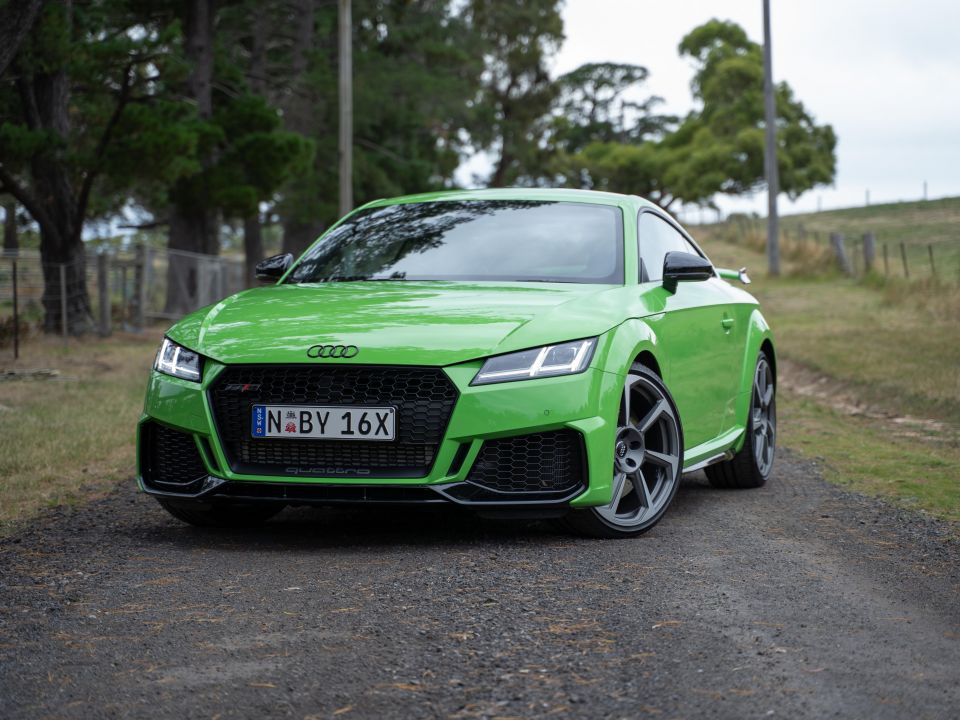
The Audi TT RS is a head turner, a neck breaker, an eye-searing (in this spec) angry little thing that goes as fast as it looks.
It’s almost like a baby R8 in terms of sound and performance. Even the minimalistic interior layout is akin to Audi’s Lamborghini-based flagship.
Within the realms of the sports coupe world, the TT RS offers a bang-for-buck equation that’s hard to beat.
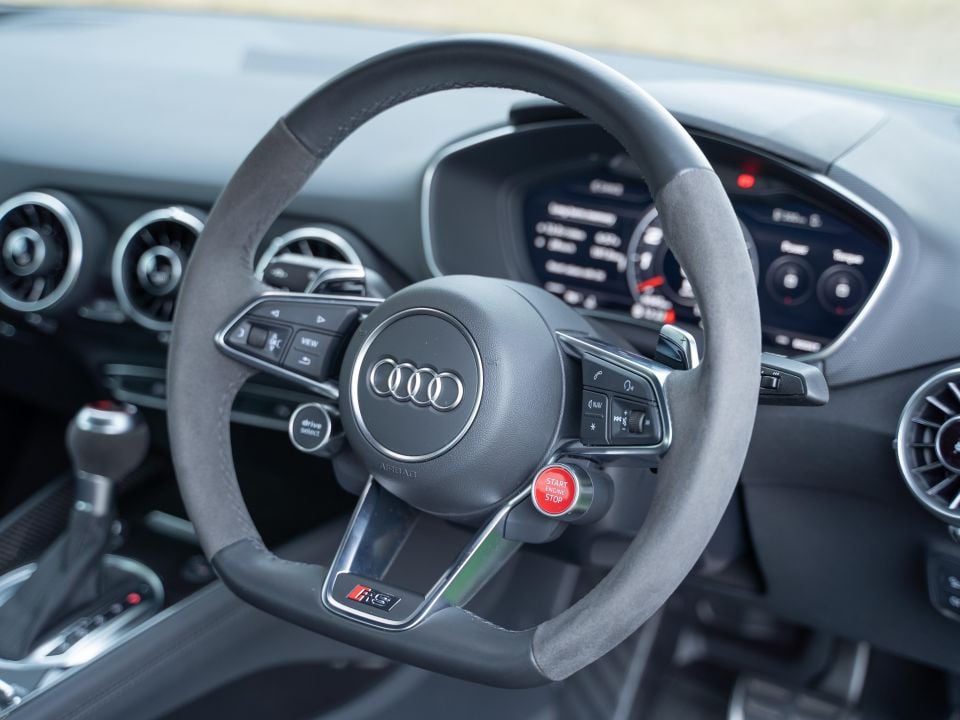
However when you compare it to an RS3 or RSQ3, or even something like a BMW M550i, the value equation might have you scratching your head.
Is it worth $40,000 more than an RS3? Absolutely not. The small hatch and sedan aren’t much slower and offer more comfortable, more practical cabins whilst also saving enough money to put away for a second car or a luxurious holiday – well, at least once COVID lets up.
Regardless, the fact this car still exists deserves to be celebrated. It’s an icon, a star on the automotive walk of fame. And we’re going to miss it when it’s gone.

Click on the images for the full gallery by Wesley Loh (@garagetribe on Instagram)
MORE: Audi TT news and reviews
Where expert car reviews meet expert car buying – CarExpert gives you trusted advice, personalised service and real savings on your next new car.
James Wong is an automotive journalist and former PR consultant, recognised among Australia’s most prolific motoring writers.


Derek Fung
3 Days Ago
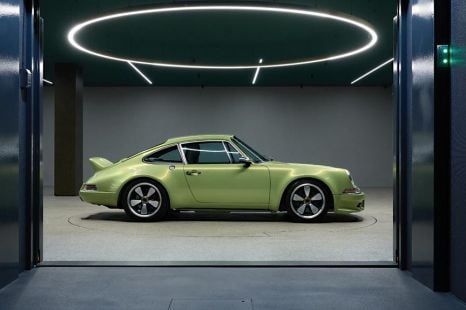

Marton Pettendy
19 Days Ago


James Wong
27 Days Ago


Damion Smy
27 Days Ago
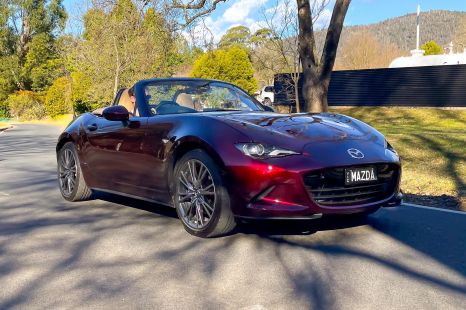

Josh Nevett
1 Month Ago


Max Davies
1 Month Ago